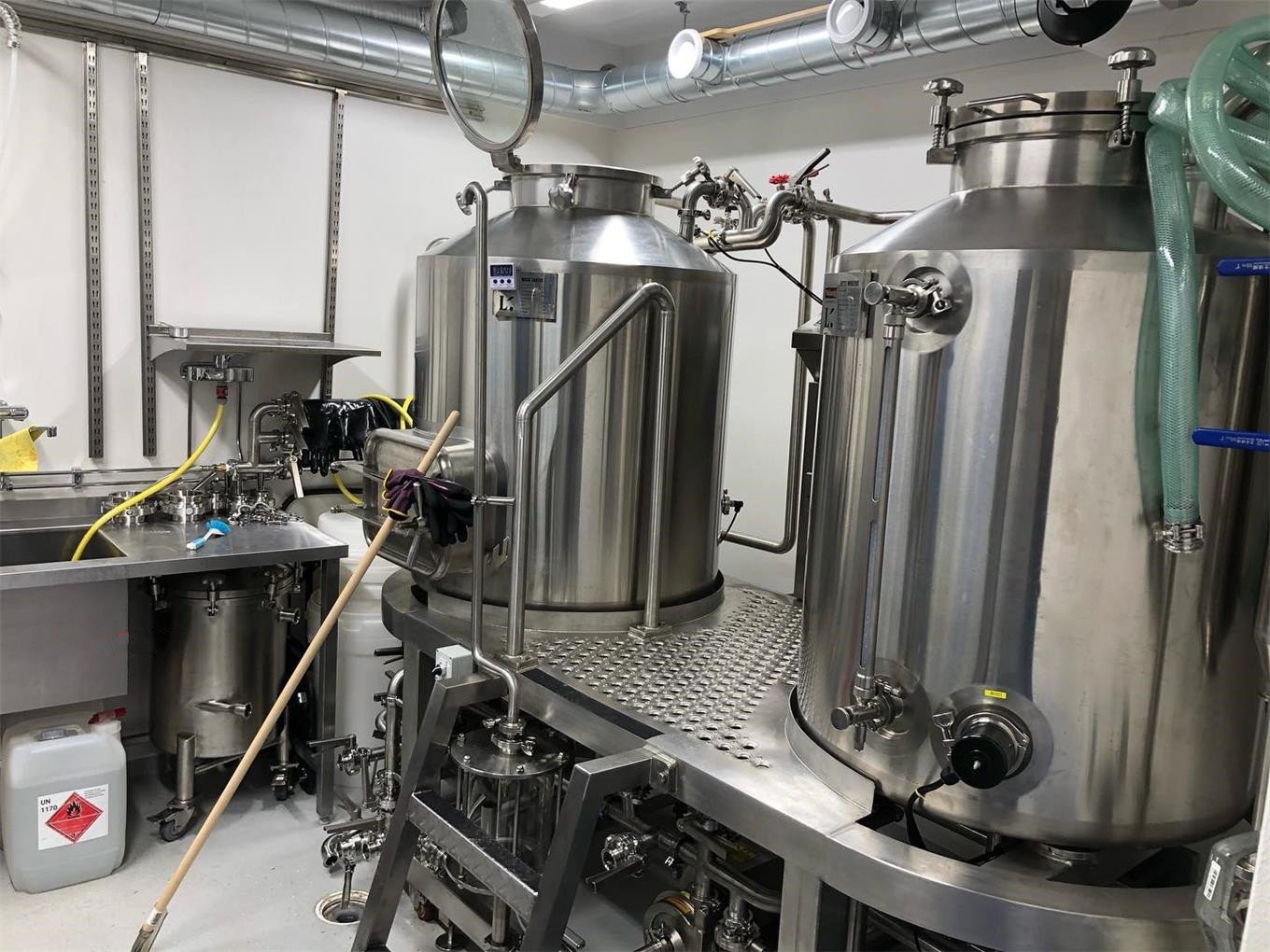Top Quality Microbrewery Equipment for Sale
Types of Micro Brewery Equipment
Alright, so what kind of gear are we talking about when we say “microbrewery equipment“? We’re not just talking about a few pots and buckets here. A functioning microbrewery is a complex ecosystem, and every piece of it plays a crucial role.
Brewhouse System: This is the heart of your brewery. It includes the mash tun, lauter tun, brew kettle, and whirlpool tank. The mash tun is where your grains meet hot water, while the lauter tun helps separate the wort. The brew kettle boils the wort with hops, and the whirlpool helps in clarifying the mixture.
Fermentation Tanks: Once your wort is ready, it gets transferred to these stainless-steel tanks. Here’s where yeast works its magic, converting sugars into alcohol. These tanks come in various sizes—anything from 3 BBL (barrels) to 30 BBL depending on your scale.
Bright Beer Tanks (BBTs): After fermentation, the beer goes here for maturation, carbonation, and clarification. These tanks ensure your brew tastes consistent and delicious every time.
Cooling and Glycol Systems: Fermentation is a temperature-sensitive process. You’ll need chillers and glycol jackets to maintain precise temps—especially critical for lagers.
Cleaning Systems (CIP): Clean-In-Place systems ensure your tanks and lines are spotless, reducing contamination risks and saving a ton of manual labor.
Control Panels and Automation: Modern systems can be semi- or fully-automated, helping brewers monitor and control every phase remotely.
Kegging and Bottling Equipment: Depending on your distribution goals, you’ll also need a reliable way to package your beer—keg washers, filling stations, bottling lines, or even canning machines.
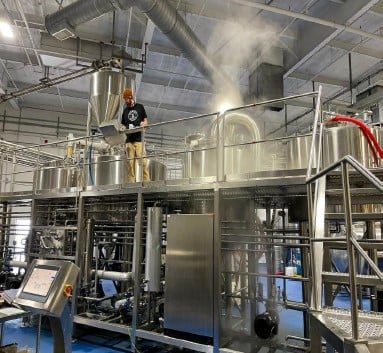
Factors to Consider When Buying Microbrewery Equipment
Before you open your wallet and hit “buy now,” let’s talk strategy. Because not all brewing systems are created equal—and neither are brewers.
Your Brewery’s Size and Production Goals: Are you starting with a nano-brewery or aiming for a larger production facility? A 3 BBL setup might be perfect for small-scale, taproom-focused breweries, while 10-30 BBL systems are ideal for wider distribution.
Available Space and Infrastructure: Can your location handle the equipment’s size, power needs, and plumbing requirements? Remember, those tanks aren’t just tall—they’re heavy, especially when filled.
Local Regulations and Standards: Always check local laws about licensing, safety compliance, and health standards. You don’t want to be halfway through your install before finding out you need special drainage or electrical work.
Level of Automation Needed: Automation adds convenience and precision but also drives up cost. Do you want full control of every valve, or are you okay letting software do some of the heavy lifting?
Material and Build Quality: Stainless steel (usually 304 or 316) is the industry standard for a reason. It’s corrosion-resistant, easy to clean, and incredibly durable.
Budget Considerations: New vs. used equipment, domestic vs. imported, turnkey systems vs. piecemeal purchases—all affect your startup costs. Plan for not just buying the gear but also installation, maintenance, and spare parts.
Benefits of Investing in High-Quality Equipment
Sure, bargain hunting feels good—but trust us, skimping on brewery gear can leave you crying in your beer.
Consistency in Every Batch: Cheap gear often leads to fluctuating temperatures, poor seals, and inconsistent brews. High-quality equipment gives you repeatability and control, the cornerstones of a solid brewing reputation.
Long-Term Cost Savings: Quality equipment may cost more upfront, but it saves you from frequent repairs, downtime, and replacements. Think of it like buying a reliable truck versus a clunky beater.
Enhanced Safety: Well-designed systems come with built-in safety valves, pressure release mechanisms, and automated shutoffs—critical for avoiding explosions or chemical exposure.
Better Hygiene and Easier Cleaning: Premium equipment has fewer crevices where gunk can hide. CIP systems, sanitary welds, and food-grade seals make cleaning quicker and more thorough.
Boost in Brand Credibility: Customers notice quality. When your brewery is clean, sleek, and produces a consistent product, people trust your brand more—and that trust translates to repeat business.
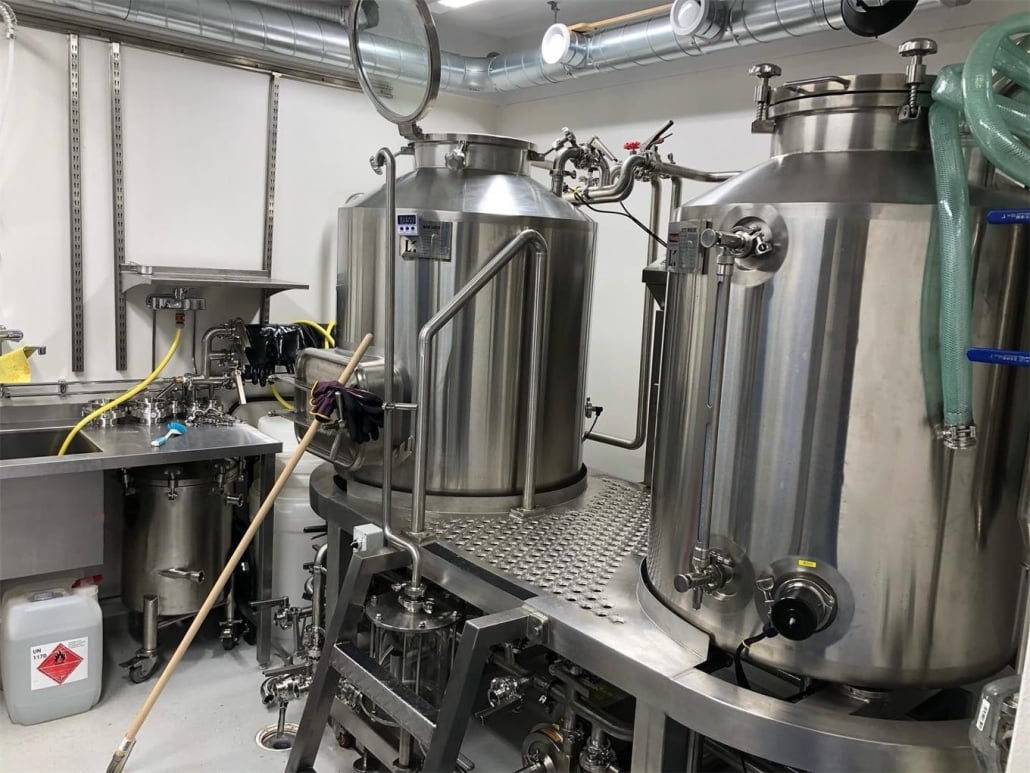
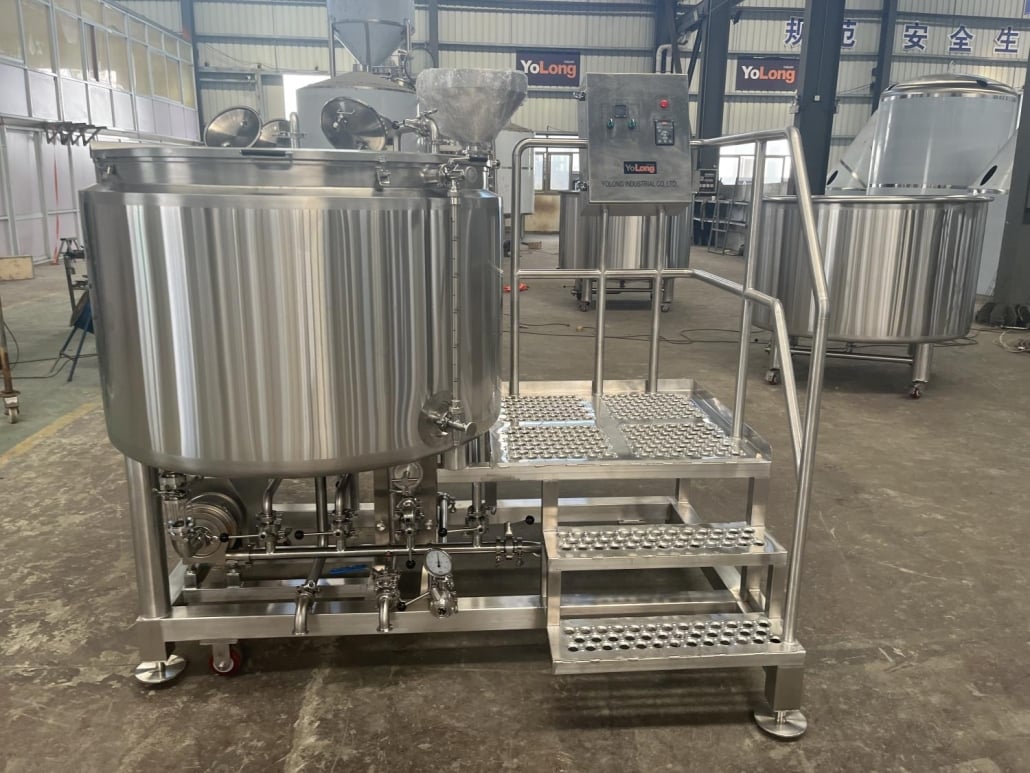
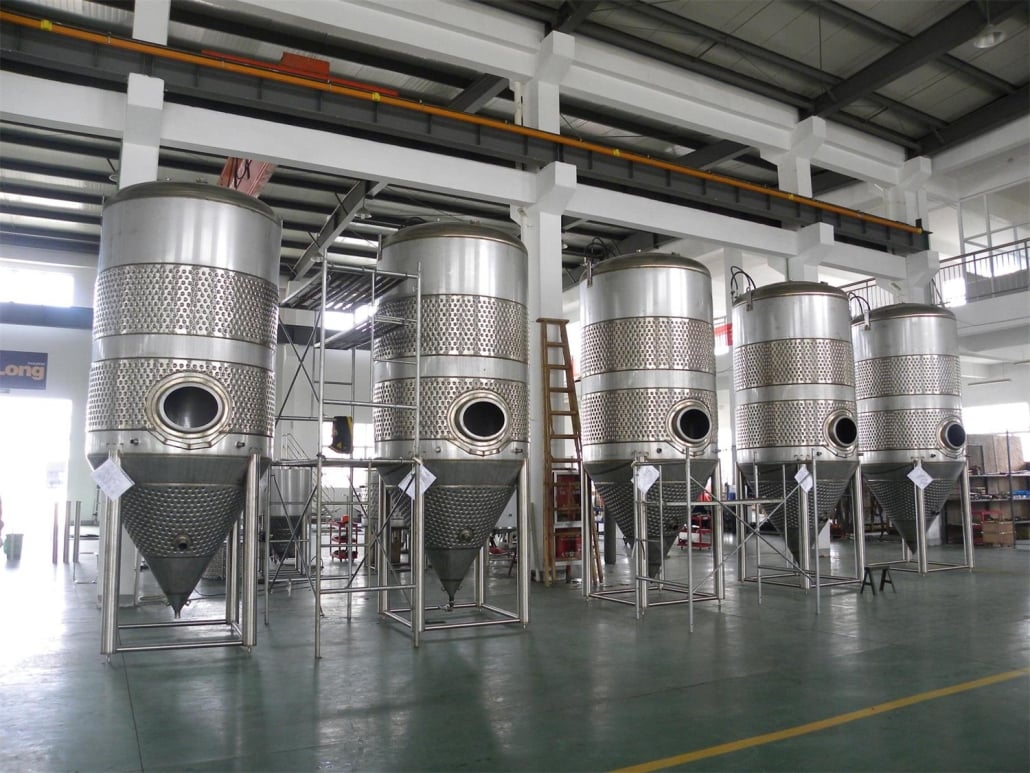
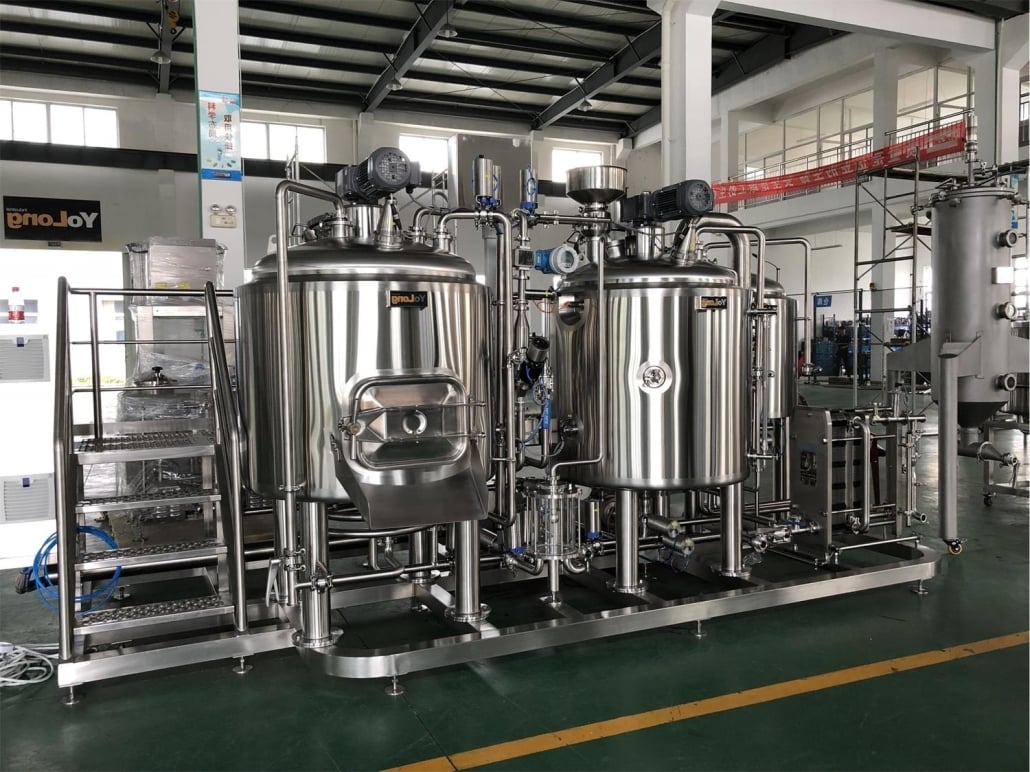
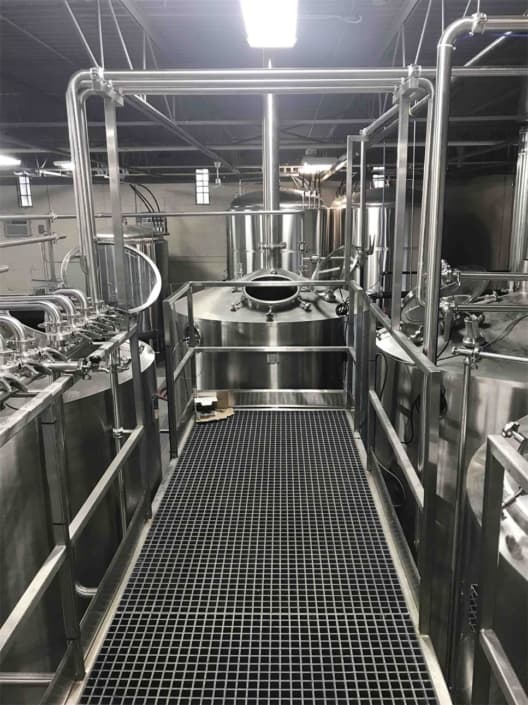
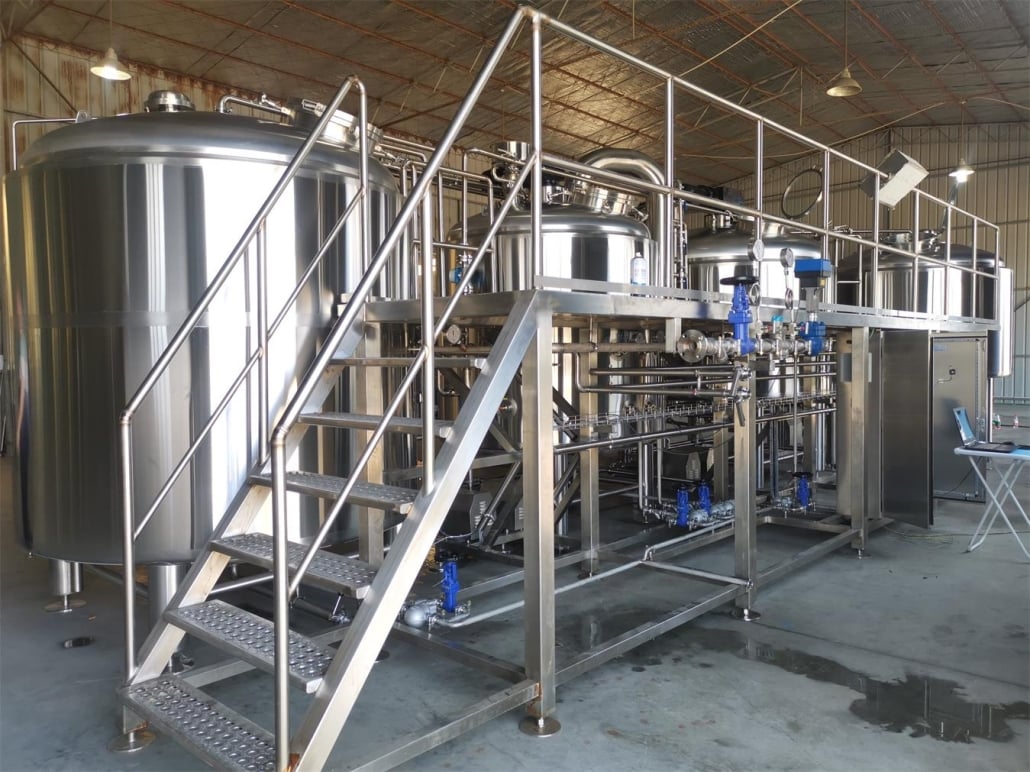
Where to Find Micro Brewery Equipment for Sale
| Supplier Name | Location | Specialty Offerings | New/Used Options | Price Range |
|---|---|---|---|---|
| Stout Tanks & Kettles | Oregon, USA | Small-batch and professional-grade systems | New | $5,000 – $100,000 |
| ABE Equipment | Nebraska, USA | Turnkey brewing systems, automation | New | $30,000 – $500,000 |
| ProBrew | Wisconsin, USA | Scalable commercial solutions | New | $50,000 – $1,000,000+ |
| Glacier Tanks | Oregon, USA | Fermenters, BBTs, accessories | New | $500 – $50,000 |
| BrewBids | Online Marketplace | Wide range of used equipment | Used | $1,000 – $200,000 |
| Alibaba (Selected Vendors) | China | Affordable international options | New | $10,000 – $300,000 |
| Portland Kettle Works | Oregon, USA | Custom-designed equipment | New | $25,000 – $800,000 |
Tips for First-Time Buyers of Microbrewery Equipment
Buying your first set of brewing equipment can be exciting—but also overwhelming. Here’s how to make the process smoother:
Start Small, Then Scale: Unless you have huge distribution lined up from day one, a 3-5 BBL system gives you room to grow without burning all your capital.
Buy from Reputable Sellers: Check reviews, ask for references, and visit other breweries using the same supplier if possible. You want gear that’s reliable and backed by good customer service.
Ask About Support and Training: Some manufacturers offer installation help, maintenance training, and post-purchase tech support. That’s gold if you’re new to brewing at scale.
Plan for Hidden Costs: Installation, ventilation, flooring, piping, licensing, and water treatment can add tens of thousands to your budget.
Don’t Forget Aesthetics: People drink with their eyes first—especially in taprooms. Sleek, stainless setups can enhance the ambiance and customer experience.
Think About Future Expansion: Modular systems let you add more fermenters or upgrade tanks as your business grows. Smart planning now prevents a total overhaul later.
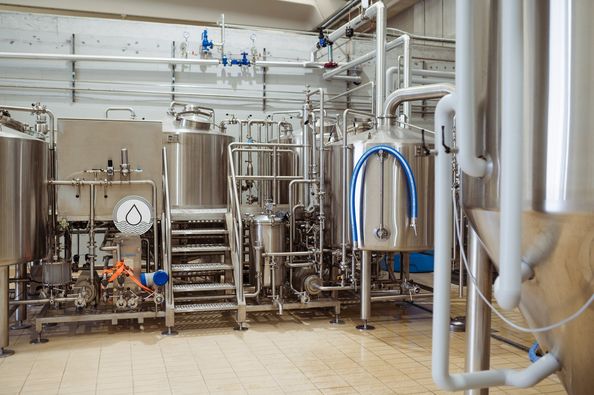
FAQ
| Question | Answer |
|---|---|
| What is the cost of microbrewery equipment? | It varies widely. A small 3 BBL setup might cost $30,000 to $100,000, while a 30 BBL commercial operation can exceed $500,000. |
| Should I buy new or used brewing equipment? | New ensures warranty and customization, while used saves money. Vet used gear carefully for wear and hidden issues. |
| How much space do I need for a microbrewery? | A 3 BBL system can fit in 800-1,500 sq. ft., but larger setups need 3,000+ sq. ft. Allow room for expansion, storage, and tasting areas. |
| How long does it take to install brewery equipment? | Installation can take 4-12 weeks depending on complexity, utilities, and permitting. |
| Is it better to import brewing equipment? | Imported systems (especially from China) can be cheaper but may lack local support. Domestic suppliers usually offer better post-sale service. |
| Can I finance my equipment purchase? | Yes, many vendors offer leasing, financing plans, or partnerships with financial institutions to help new breweries get started. |
Share this entry
Interested in learning more about Brewing Systems including additional details and pricing information? Please use the form below to contact us!
YOLONG BREWERY EQUIPMENT FAQS
- Commercial Brewery / Craft Brewery / Microbrewery / Nanobrewery
- What is The Difference Between Craft Beer and Industrial Beer?
- The Bespoke Differences In Custom Brewing Systems
- Everything You Need to Know About Kettle Souring
- How to Choose Brewing Equipment for Your business?
- How To Choose The-Best Partner To Build Your Commercial Microbrewing System?
- Two Detection Sensors That You Need To Use In Your Brewhouse System
- Remote Control Applications in Brewing Equipment/How does it work?
- How To Clean Your Brand New Brewery Tanks?

